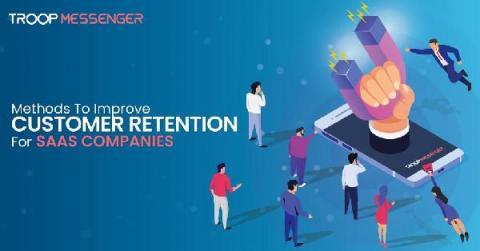What is RCS messaging, and how can it improve the customer experience?
Your phone buzzes one Saturday afternoon. It’s a text message from an unknown number noting that there’s a big sale at one of your favorite stores. No pictures. No branding. Just a spammy-looking URL you’re told to click on to view more details. Now imagine getting that same text message, but this time, it’s a little different: It features clear and recognizable branding.











